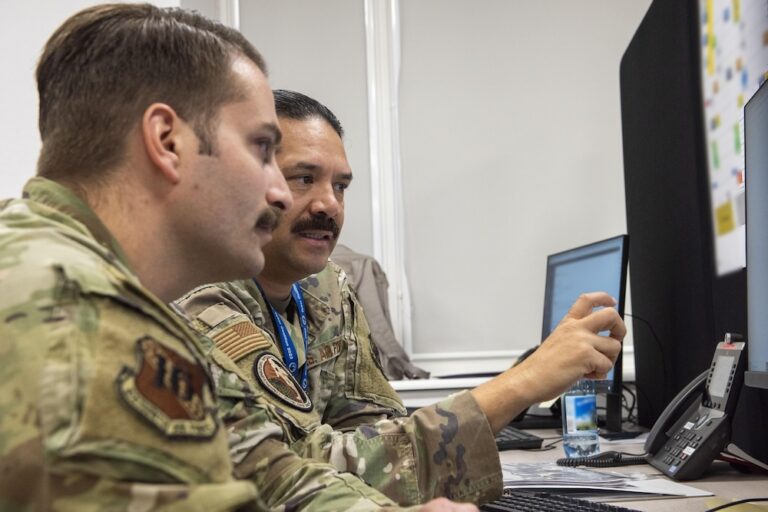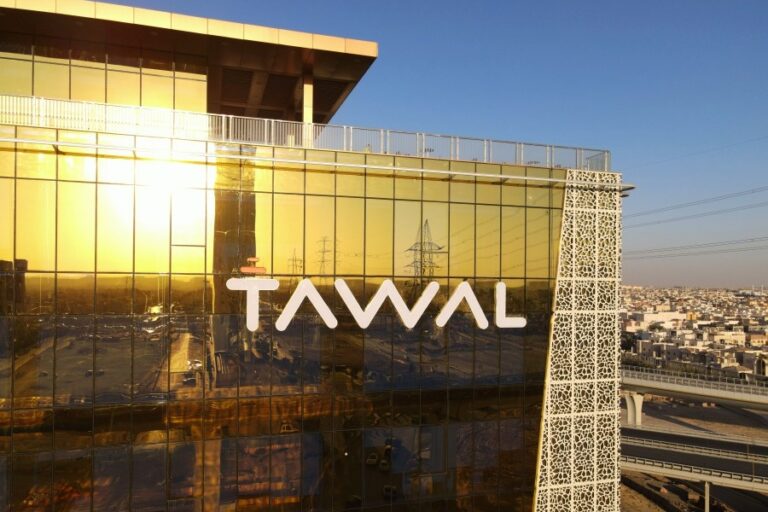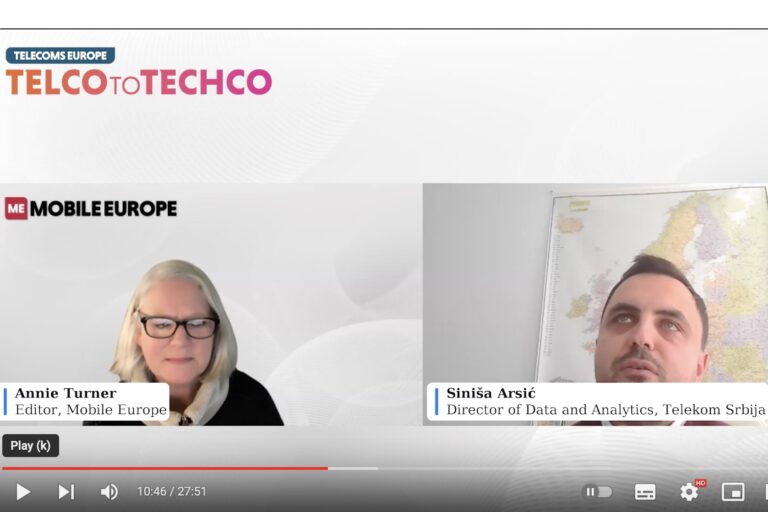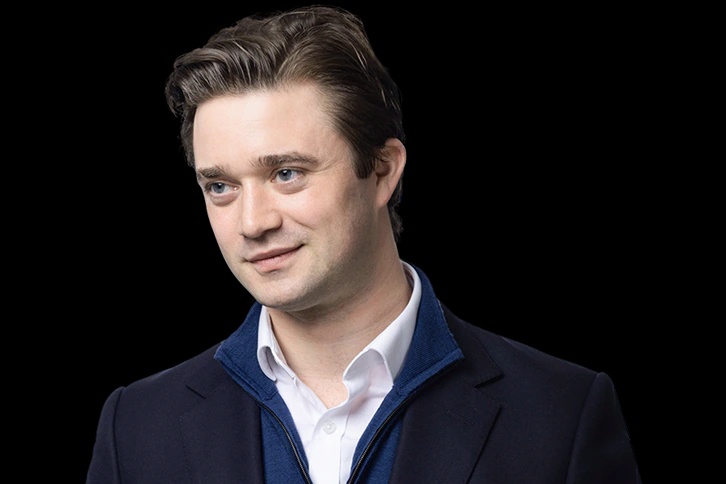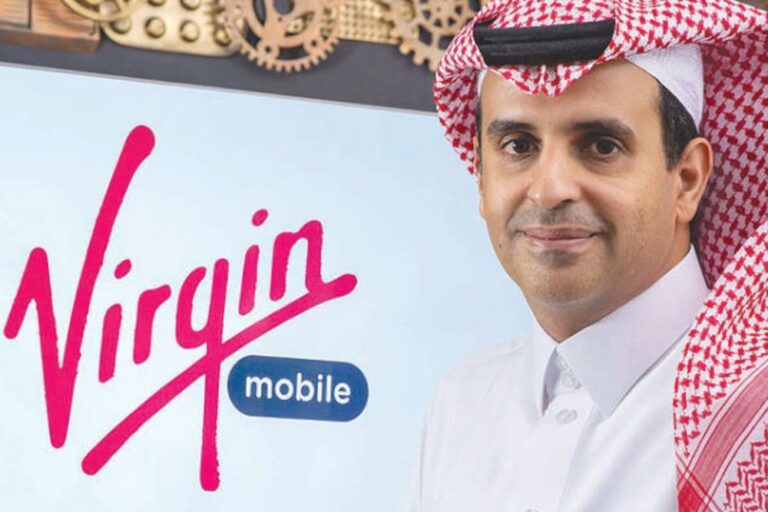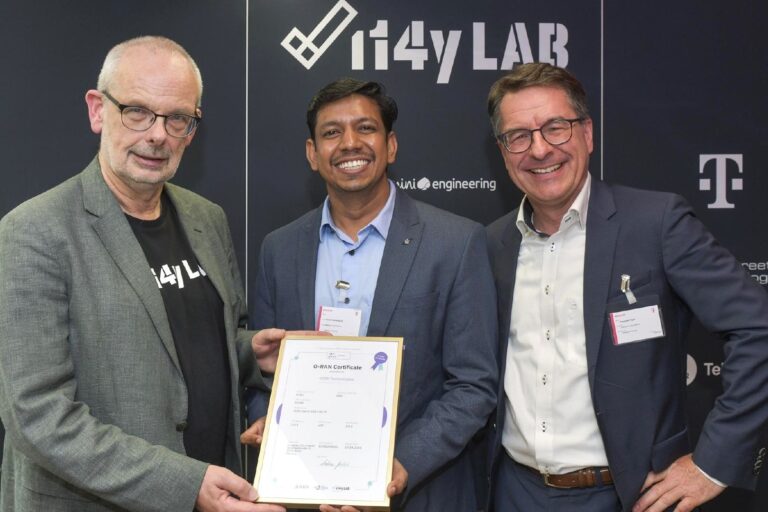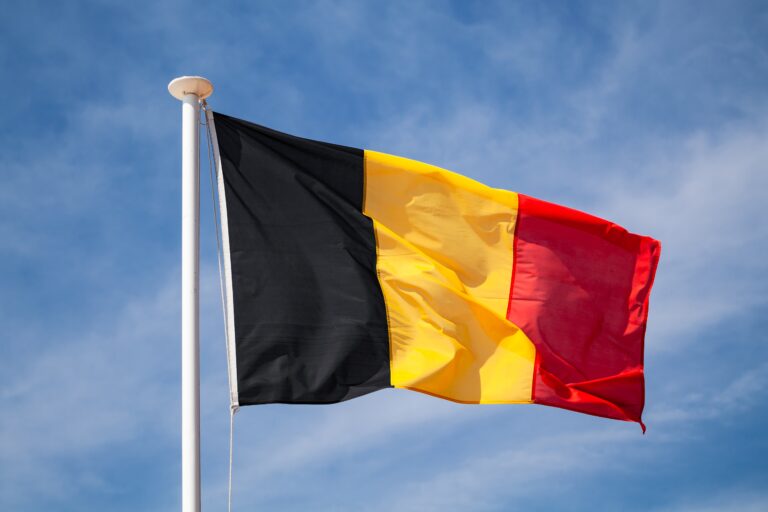Telcos says AI-based tool should help to optimise network reliability for new 5G or fibre uses
Orange has worked with Canadian startup LatenceTech to develop a software probe to measure connectivity quality in any location and from any type of terminal. Given the shift to automated operations that require real time data on network performance, developing scalable diagnostic assistance tools that are cloud-based and can be used by all manner of heterogenous equipment gives telcos an advantage given their vast estates of kit.
The Montreal-based LatenceTech worked with Orange to develop a tool that can measure network throughput, latency and reliability in real time. “This real-time software solution based on multiple protocols, including Two Wire Active Measurement Protocol (TWAMP), is simple to install and use,” said LatenceTech co-founder and CEO – and former Ericsson senior executive – Benoit Gendron.
“It is an automated container-based solution that runs autonomously on any type of terminal, including mobiles, modems, robots and cars. It is also scalable and can be deployed in multiple locations on the same network,” he added.
LatenceTech’s approach extends traditional methods to a strategy that balances data analysis and performance optimisation. The objective is to redefine performance metrics by emphasising the quality of network experience rather than relying solely on conventional, quantitative data metrics.
LatenceTech’s strategy for enhancing network performance involves deploying software systems that embed monitoring agents in client networks to improve Quality of Service (QoS). Gendron said: “These agents are engineered to evaluate and regulate network performance, with a specific emphasis on latency metrics at the server or network entry point.” This approach, he says, aligns network performance with the customer’s perspective, effectively tackling technical challenges while prioritising user experience in assessing network quality.
End-to-end network throughput estimation challenge
Orange challenged LatenceTech to incorporate its patented (Low Intrusive Fast Bandwidth Estimation) LIFBE process, a novel method for efficient end-to-end network throughput estimation – a more energy-efficient method for network bandwidth testing.
By leveraging LIFBE’s unique approach, which utilizes UDP probe packets and an innovative curve-fitting method for accurate throughput calculation, the goal was to dramatically reduce the data volume required for these tests from 100 to 150 megabytes to a mere 5 to 10 megabytes.
An essential aspect of this phase involved LatenceTech’s decision to employ the Ada programming language to refine and enhance the accuracy and efficiency of Orange’s existing C bandwidth test code. The company said prototype delivery within three months showed the practicality of the LIFBE process and Ada’s effectiveness in complex network stacks.
“This partnership allows us to explore areas that we could not have addressed with our own resources,” said François Jézéquel, head of business development at the Orange Fab startup accelerator. “It’s a mutually beneficial arrangement: LatenceTech retains the intellectual property of the components and we have exclusive use of them for our networks.”
“Telco as a Platform” deployment
LatenceTech deploys its solution using an “on-demand service” cloud platform, enabling it to meet the growing needs of service providers, which are increasingly seeking to easily and autonomously monitor their networks over a given period. This “telco as a platform” approach enables almost instantaneous implementation by the customer themselves, according to the startup.
As well as providing diagnostic assistance, the solution can use generative AI to detect anomalies (worse latency, reduced throughput, packet losses, etc.) and generate forthcoming latency forecasts and recommendations, based on the diagnosis from the measurements. “We want our customers to play a part in managing their own networks,” said Jézéquel. “And, with their ever-increasing 5G uses, they appreciate this autonomy.”
Wide range of applications
The product is in the final phase of development. It will be available at the end of May 2024 and unveiled at the VivaTech conference in Paris with demonstrations of measurement tests and network performance analyses on a connected vehicle, as well as a software installation walkthrough.





